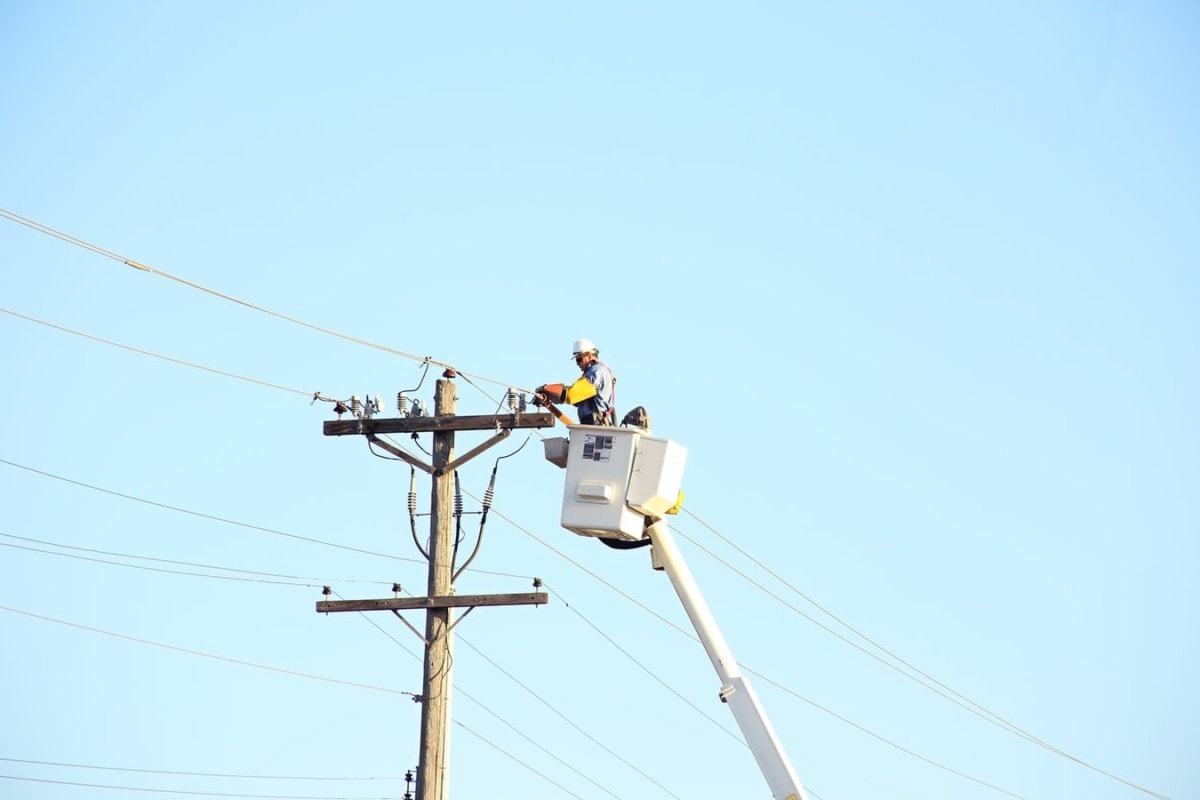When you’ve found the perfect house, you may be surprised you have to work around a property easement. You’ll want to include learning about any easements among your steps to buying a house because the rights granted by an easement could affect your privacy and future plans for the property.
What is an easement on a property?
An easement grants someone else the limited right to use your land for a specific purpose. Common easements include access to shared driveways or sidewalks, utility company access to cables and piping, or access to a pond or hunting land adjacent to the property. In some cases, an easement can be unfavorable, such as when it allows someone to cross your property to reach theirs.
As a homebuyer, before you offer to purchase a house, you should determine if the property has an easement. If you’re working with a real estate attorney or title company, they’ll run an easement search on your behalf.
To search for property easements on your own, follow these four simple steps:
- Check with the county land records office or the county clerk to determine whether the prior deed shows an easement.
- Check with the utility companies to see if they have a property easement.
- Order a property survey to identify any easements and where they’re located.
- Ask the owner for a warranty deed. A warranty deed shows that the grantor (or current owner) guarantees, or warrants, that they have legal title to the property. It also shows property easements.
If you discover that the property has an easement, you’ll want to know if the property you’re buying is the dominant or servient property before making an offer. If you own the dominant property, you’re the easement user and can make full use of the property according to the terms of the easement, often whenever reasonably convenient.
If you own the servient property, you must allow the dominant property owner to use your property according to the easement terms. Here’s a rundown of the most common types of easements used in real estate today.
Common types of easements and how they affect you as a property owner
Different easements have consequences and required actions based on the terms of each easement. Here is a list of the most common easements and how they can affect you as a property owner.
Utility easement
This type of easement gives public utilities – gas, electric, water, and cable/internet companies – the right to access and maintain equipment on your property to provide service to the community as a whole. This easement doesn’t give a utility company the freedom to do anything they want on your property, just the right to perform necessary actions for the community’s good.
For example, the utility company may install underground lines or utility poles without your permission. A utility easement can also restrict your own actions on your property — like planting a tree – that could interfere with power lines.
Public easements
These easements give the general public a right to use the area according to the easement. For example, if you have a sidewalk in your backyard that leads to a local park, people can use that sidewalk at any time if the city has an easement for it.
Easement appurtenant
This type of easement is tied to the property itself and remains in place even if ownership changes. An example of this is an easement on a property that offers the only access to a private fishing pond shared by two neighbors. Even when the property sells, the new owners must continue to allow their neighbors access to the pond through the easement because the easement stays with the home.
Easement in gross
An easement in gross is tied to a person or entity, not the property, such as utility easements. Another example could be an easement that allows a friend to hunt or fish on your property. Because you granted the easement to a specific party, the easement is irrevocable until you, as the easement holder, pass away or sell the home.
Upon the sale of a property, the seller may transfer the easement in gross to the new owner, but they can choose to deny the easement. However, if the easement has been granted to a public entity like a utility company, the public entity could challenge the denial in court. A new homeowner can also transfer the easement to a new servient property, but the dominant easement holder cannot transfer their rights.
Such as in the fishing pond example above, your friend cannot transfer the easement to another person and give them rights to use your property. Neither can the utility company transfer its easement to another company without your consent as the property owner. Any new homeowner buying a new property must file for a new easement.
Implied easements
Implied easements are not written contracts. However, if two neighbors have agreed to a specific use of the property a certain way over time, an implied easement can serve as a legal theory for the party who isn’t the owner to gain an easement. If a dispute arises, this habit or past use pattern will serve as grounds for the easement. An implied easement does not appear on a deed and could be disputed if the property changes hands.
Prescriptive easements
Prescriptive easements occur when someone openly uses your land regularly for a particular purpose over a specific time. For example, suppose your neighbor cuts across the property as a shortcut. They may not have an official road, but continued use without objection from the property owner could create a prescriptive easement.
Another example of a prescriptive easement would be when a homeowner allows the neighbor to use their boat dock. The neighbor never specifically asked permission but has been using the boat dock for the last five years. The neighbor could get an easement of prescription to continue to use your property for such activities in the future.
Easements by necessity
Easements by necessity can be granted out of an absolute need if your property comes between your neighbor and access to their land, such as a public road or a sidewalk. This can also happen in landlocked situations if your property is behind another property with no road access. An easement by necessity can be either implied or written, based on the fact that the other party must be able to fully use their property.
How can you deal with a negative easement?
Once in place, an easement stays with either the property or person depending on the type of easement described above. Change in ownership does not always provide grounds to revoke an existing easement. As the new owners, you must abide by the easement terms. If you want to take action on an easement, you can contact a local real estate attorney in your area to help.
Some easements may also have an expiration date – instead of fighting an undesirable easement, you can simply wait until it expires. You could also talk to the party involved to see if they’ll release their easement rights. If that approach fails, another remedy is to offer to purchase their land. Merging the two properties under one owner will cancel the need for the easement.
If you can terminate an easement, you need to record the termination with the local recorder’s office. Recording the termination will also help you if there are issues in the future.
As a new homeowner, you may have some rules to follow in connection with an easement on your property. When you understand the type of easement placed on the property, you’ll be in a better position to decide whether to contest the easement or allow it to stand.
Redfin does not provide legal advice. This article is for informational purposes only, and is not a substitute for professional advice from a licensed attorney.
Title Forward is an affiliate of Redfin. You are not required to use their services. See our Affiliated Business Disclosure.
The post What is a Property Easement and How Can it Affect You? appeared first on Redfin | Real Estate Tips for Home Buying, Selling & More.



